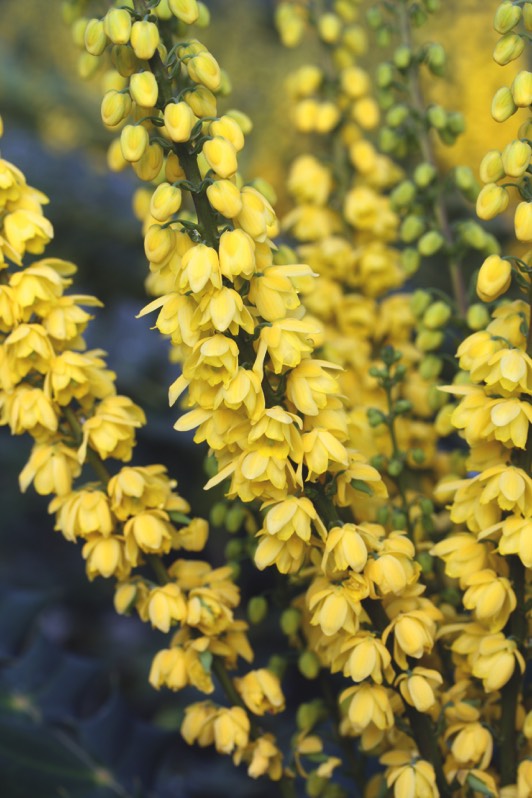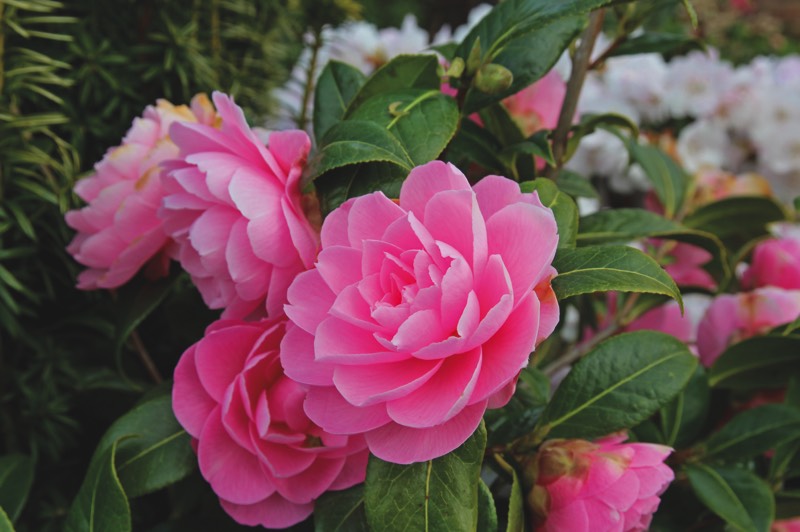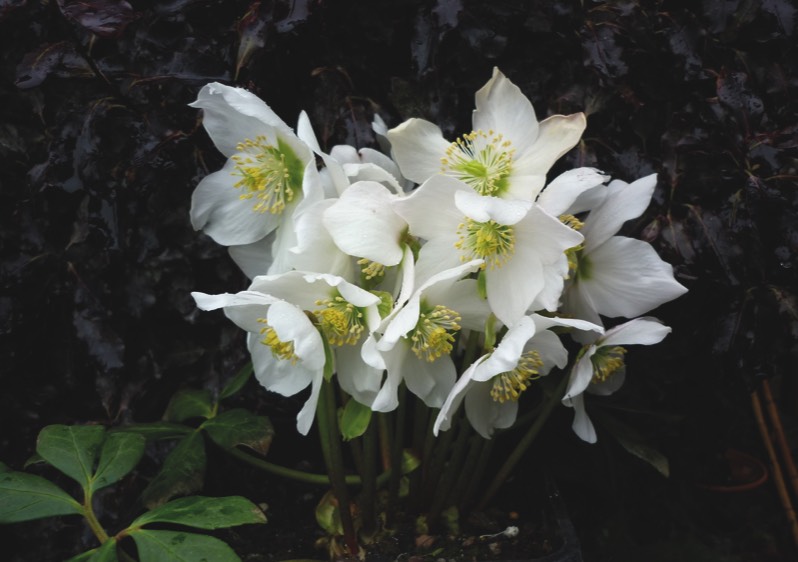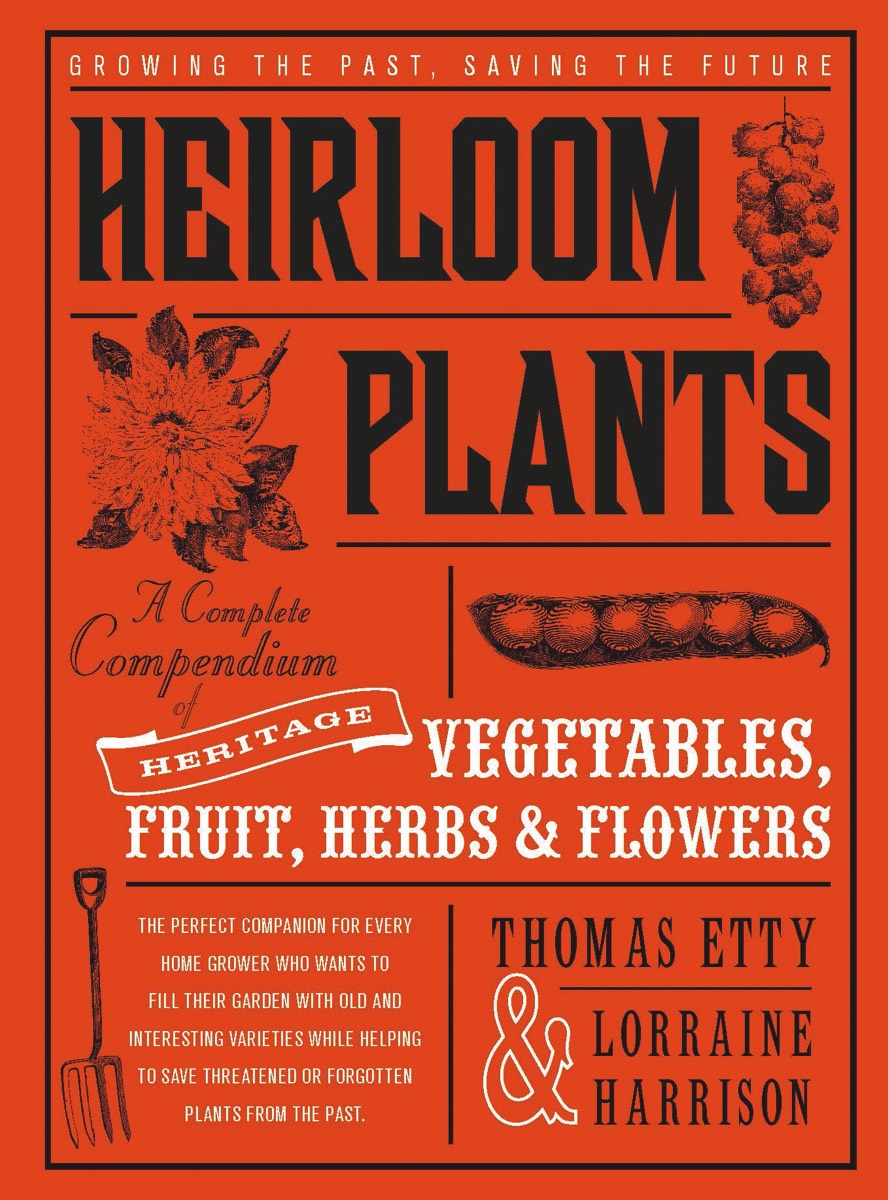GARDENING
Surrey’s Premier Lifestyle Magazine
Create a winter wonderland
The poet Ted Hughes may have described November as “the month of the drowned dog”, but this description could equally apply to the mid winter months following the Christmas and New Year festivities. Help is on hand from The Horticultural Trades Association (HTA) as it offers advice on a selection of seasonal plants to take away winter blues with recommendations on camellias to add early colour.

Mahonia Lionel Fortesque ©The Farplants Group
Add the wow factor to a garden with striking plants that look their best now. Whether wishing to fill borders with hardy shrubs covered with fragrant flowers, clad a fence or archway with colour, or plant a small flowering tree to create a focal point, there is a great range of seasonal stunners for these winter months.
While a coating of frost or snow creates temporary magical moments, a unifying effect with its icy frosting, the excitement really starts when it melts away to reveal winter displays full of colour, character and charm.
A choice selection of the very hardiest plants put on their best show in the depths of winter, providing a bright outlook from the comfort of an armchair, and an even warmer welcome when stepping outside.
While a coating of frost or snow creates temporary magical moments, a unifying effect with its icy frosting, the excitement really starts when it melts away to reveal winter displays full of colour, character and charm.
A choice selection of the very hardiest plants put on their best show in the depths of winter, providing a bright outlook from the comfort of an armchair, and an even warmer welcome when stepping outside.
Top tips for extra winter colour
1. Choose planting sites carefully. Ensure new plants are positioned in full view from a window or prime position by patio doors.2. Add winter colour to a front garden to welcome family and visitors home, and to cheer-up the local neighbourhood.
3. Fill patio pots and baskets with hardy winter bedding plants, such as pansies and violas for a kaleidoscope of colours.
4. Cover the ground under trees or shrubs with a carpet of Winter Aconites (Eranthis hyemalis). Get ready to buy snowdrops too!
5. Plant clumps of winter flowering Iris unguicularis to brighten a dry, sunny spot at the base of a wall or fence, and use blooms as cut flowers to bring indoors.

Camellia Debbie ©The Farplants Group
Gold blooms really shine out on gloomy days: Witch-hazels produce clusters of small fragrant flowers with petals like dainty ribbons, transforming the otherwise naked stems of this hardy shrub. Evergreen Mahonias impress with their golden sprays of flowers forming at the tip of each shoot. There are several varieties to choose from with different sizes and forms, and flowers on most are followed by the formation of grape-like berries in spring giving these shrubs their common name of Oregon Grape.
It’s always worth looking out for varieties that have been given the Award of Garden Merit (AGM) by the Royal Horticultural Society, often indicated by a trophy symbol on plant labels or in catalogues.
In addition to welcome colour, fragrance is another valuable characteristic of many winter flowering shrubs. For long-lasting displays it’s hard to beat varieties of Viburnum x bodnantense that produce a succession of flowers from October until spring.
It’s always worth looking out for varieties that have been given the Award of Garden Merit (AGM) by the Royal Horticultural Society, often indicated by a trophy symbol on plant labels or in catalogues.
In addition to welcome colour, fragrance is another valuable characteristic of many winter flowering shrubs. For long-lasting displays it’s hard to beat varieties of Viburnum x bodnantense that produce a succession of flowers from October until spring.
Camellias for early colour
Few hardy shrubs signal the end of winter better than camellias, highly valued for their stunning floral displays and fresh, glossy, evergreen foliage. Dozens of varieties are available, so pick from camellias in shades of pink, red, white and cream. Their ultimate size, habit and rate of growth vary immensely too, from small and compact to a bold shrub or even a flowering hedge or screen, the choice is personal.Camellia flowers vary in size and shape too, and their forms can be divided into six descriptive groups depending on the number of petals and their pattern or arrangement within the flower. These forms are described as Single, Semi-double, Anemone-form, Peony-form, Rose-form double or Formal double.
Like azaleas and rhododendrons, camellias are ericaceous plants, and this means they need to grow in an acid or lime-free soil to ensure they stay healthy. A simple soil test kit available from garden centres can be used to check soil acidity/alkalinity, and composts and fertilisers can be added to help make soil more acid.
Compact varieties of camellia grow well in large pots or half-barrels filled with ericaceous compost, available in garden centres.
Grown in the right soil and position, camellias usually flower reliably with little care and attention, growing larger over time to develop into impressive flowering shrubs. Most camellias rarely need pruning, but if they outgrow their position, individual shoots can be shortened and plants can even regrow well if cut back hard into old wood.
Where space is available, develop a seasonal bed including a camellia or two and other evergreens and early flowering plants to provide welcome colour through late winter and into early spring.
For a shady site take a look at the Christmas Rose, Helleborus niger, a low-growing and compact perennial whose simple, white, cup-shaped flowers can be picked and floated on water in a glass bowl to provide seasonal table decorations.
Winter brings out the best in many plants. While flowers are an essential part of this seasonal spotlight, many other characteristics provide winter interest too. A wide range of conifers and evergreen shrubs provide bold forms and fancy foliage. Also look out for plants with colourful wand-like stems, dainty tassel-like catkins, and the tactile barks of many ornamental trees.
So don’t ‘shut-up shop’ for winter, but welcome in the New Year in style with garden displays that provide colour, fragrance, foliage and form.
Winter brings out the best in many plants. While flowers are an essential part of this seasonal spotlight, many other characteristics provide winter interest too. A wide range of conifers and evergreen shrubs provide bold forms and fancy foliage. Also look out for plants with colourful wand-like stems, dainty tassel-like catkins, and the tactile barks of many ornamental trees.
So don’t ‘shut-up shop’ for winter, but welcome in the New Year in style with garden displays that provide colour, fragrance, foliage and form.
Top four plants for winter flowers
Witch-hazel (Hamamelis varieties)Unusual fragrant flowers in clusters of tiny ribbons develop along the entire length of stems. Popular AGM (Award of Garden Merit) varieties include ‘Pallida’ (sulphur-yellow), ‘Jelena’ (coppery-orange) and ‘Diane’ (red).
Oregon Grape (Mahonia varieties)
Choose from a range of robust and reliable Mahonias to provide evergreen foliage and golden seasonal flower, followed by black grape-like berries in spring. Good AGM varieties include ‘Winter Sun’, ‘Apollo’ and ‘Charity’ among many others.
Winter Flowering Viburnum (Viburnum x bodnantense)
A majestic shrub producing deliciously fragrant pink/white flowers. Popular AGM varieties include ‘Dawn’, ‘Deben’ and ‘Charles Lamont’.
Christmas Rose (Helleborus niger)
This compact perennial is perfect for a slightly shady position, producing clusters of flowers through winter and into spring. Also look out for the many wonderful Hellebore hybrids now available.

Helleborus niger ©Cleeve Nursery
essence info
The Horticultural Trades Association (HTA) is the trade association for the UK garden industry.Website: www.the-hta.org.uk

Heirloom Plants
A Complete Compendium of Heritage Vegetables, Fruit, Herbs & FlowersThis book is the perfect companion for every home grower who wants to fill their garden with old and interesting varieties while helping to save threatened or forgotten plants.
Heirloom plants often have a charm lacking in commercially produced varieties. Unless these seeds are grown and saved, they will not only be forgotten, but lost too.
Based on the seed catalogues of Thomas Etty, the book lists exciting cultivars, along with profiles and growing tips. Responsible gardening, certainly, but with more than a hint of romance; who could resist the lure of the splendid Hubbard Green Warty squash, or the Green Zebra tomato?
Thomas Etty Esq is the UK’s only dedicated heritage seed company and was set up over twenty years ago by Ray Warner. The company name is inspired by Ray’s great, great, great grandfather who himself dealt in seeds in the nineteenth century. Ray is the dedicated seedsman behind this heirloom seed company with Thomas Etty Esq sourcing seeds dating from the seventeenth century to the end of World War II, all from small-scale seed suppliers from the UK and Europe.
Lorraine Harrison is a keen practical gardener with a master’s degree in garden history. In addition to contributing to the gardening quarterly Hortus, she has authored a number of books, among them the bestselling Latin for Gardeners.
“A strikingly produced compendium of heirloom vegetables, fruit and flowers.” – The Bookseller
By Lorraine Harrison & Ray Warner, seed catalogues written by Thomas Etty
224 pages • Hardback • Illustrations throughout
ISBN: 9781782403173 RRP: £18.99
essence info
Published by Ivy PressWebsite: www.ivypress.co.uk
For long-lasting displays it’s hard to beat varieties of Viburnum x bodnantense that produce a succession of flowers from October until spring.



